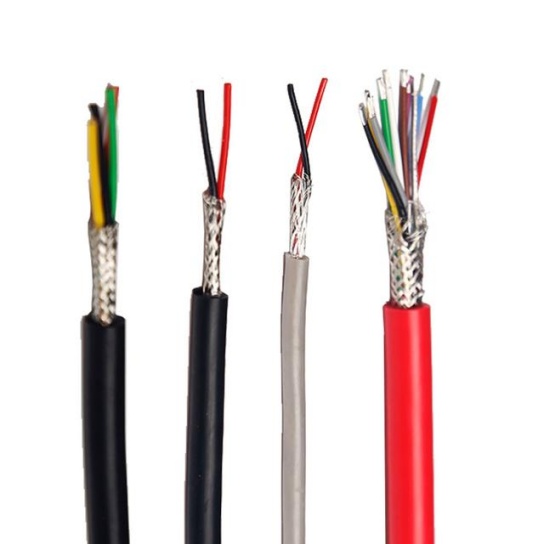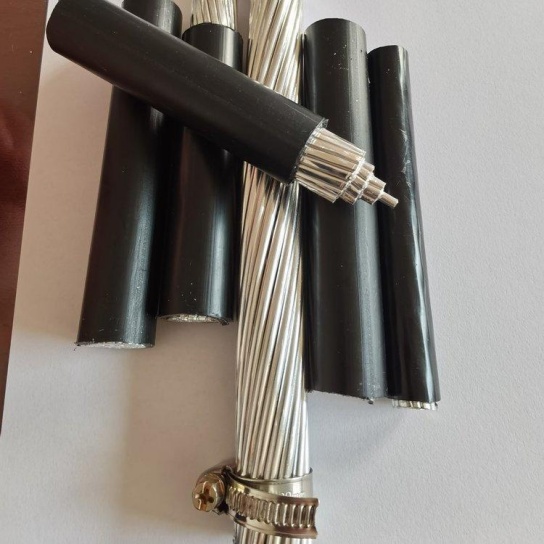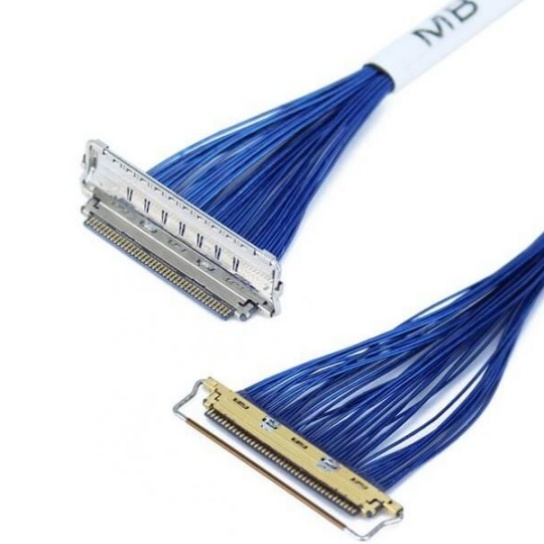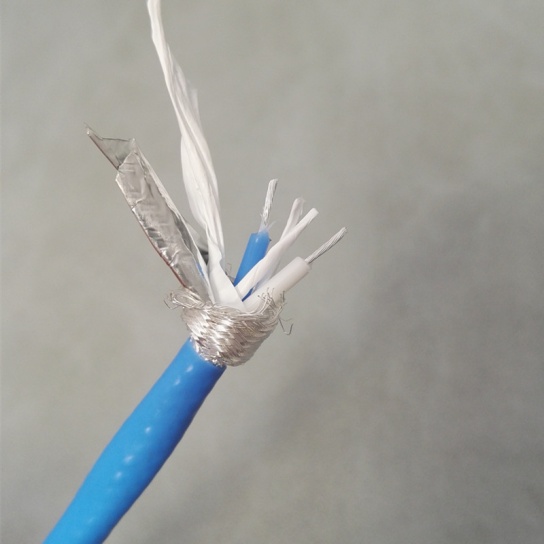New Testing Methods for Aircraft Cable Assemblies Reliability
Aircraft cable assemblies are critical components in aviation systems, responsible for transmitting electrical signals, power, and data between key parts like avionics, engines, and control systems. Their reliability directly impacts flight safety, operational efficiency, and maintenance costs. With the rapid development of aviation technology—such as the rise of electric aircraft and more complex avionics architectures—traditional testing methods for cable assemblies have gradually shown limitations. This article explores three innovative testing methods that significantly enhance the reliability assessment of aircraft cable assemblies, providing practical technical references for aviation manufacturers, maintenance teams, and quality control personnel.
Limitations of Traditional Testing Methods
Before delving into new methods, it is essential to understand the shortcomings of conventional approaches, which include:
- Manual Visual Inspection: Relies on human judgment to check for cable wear, connector looseness, or insulation damage. This method is time-consuming, error-prone (especially for micro-defects), and cannot detect internal faults like hidden conductor breaks or insulation degradation.
- Static Electrical Testing: Includes insulation resistance testing and continuity testing. While these tests verify basic electrical performance, they only capture “snapshot” data at a specific moment and fail to simulate dynamic operating conditions (e.g., vibration, temperature fluctuations) that aircraft cables experience in flight.
- Limited Environmental Adaptability: Traditional environmental tests often use simple temperature or humidity cycles, which do not replicate the extreme and complex environments of modern aviation—such as rapid temperature changes at high altitudes, electromagnetic interference (EMI), or mechanical stress from airframe vibrations.
These gaps make traditional methods insufficient to ensure the long-term reliability of cable assemblies in harsh aviation environments.
Innovative Testing Methods for Enhanced Reliability
1. AI-Based Real-Time Monitoring with Distributed Sensors
This method integrates distributed fiber-optic sensors (DFOS) or micro-electromechanical systems (MEMS) sensors into cable assemblies, combined with artificial intelligence (AI) algorithms for real-time data analysis.
- Working Principle: DFOS sensors embedded in cable insulation can continuously monitor parameters like temperature, strain, and vibration along the entire length of the cable. MEMS sensors, meanwhile, track connector contact resistance and environmental humidity. The collected data is transmitted to a central AI platform, which uses machine learning models (e.g., random forest, LSTM neural networks) to identify abnormal patterns—such as a sudden increase in strain (indicating cable stretching) or a spike in contact resistance (signaling connector degradation).
- Advantages:
- Enables predictive maintenance by detecting early-stage faults (e.g., incipient insulation breakdown) before they cause system failures. A case study by a European aviation manufacturer showed that this method reduced unplanned cable-related maintenance by 40% compared to traditional testing.
- Provides full-life-cycle monitoring instead of one-time testing, capturing how cable performance degrades over time under real flight conditions.
- Reduces human intervention, minimizing the risk of manual errors.
2. Millimeter-Wave Imaging for Non-Destructive Internal Inspection
Millimeter-wave imaging technology addresses the limitation of traditional methods in detecting internal cable defects without damaging the assembly.
- Working Principle: Millimeter waves (with wavelengths between 1 mm and 10 mm) have strong penetration capabilities for non-metallic materials (e.g., cable insulation) but are reflected by metallic conductors. A millimeter-wave scanner emits waves toward the cable assembly, and the reflected signals are processed to generate a high-resolution 3D image of the internal structure. This image can reveal hidden defects like:
- Partial conductor breaks (even if the insulation remains intact).
- Air gaps or delamination between insulation layers.
- Corrosion or oxidation of internal connector pins.
- Advantages:
- Non-destructive: Does not damage the cable assembly, allowing for repeated testing during production and maintenance.
- High precision: Can detect defects as small as 0.1 mm, far exceeding the resolution of manual inspection or X-ray testing (which is less effective for non-metallic insulation).
- Fast testing speed: Scans a 1-meter-long cable assembly in less than 2 minutes, making it suitable for high-volume production lines.
3. Accelerated Environmental Aging Testing with Multi-Stress Simulation
To evaluate the long-term reliability of cable assemblies more efficiently, accelerated environmental aging testing with multi-stress simulation replicates the cumulative effects of multiple harsh conditions in a shortened time.
- Working Principle: This method uses a specialized test chamber to simultaneously apply multiple stress factors that cables encounter in service, including:
- Temperature cycles (-60°C to 150°C, simulating high-altitude and engine proximity conditions).
- Mechanical vibration (up to 2000 Hz, mimicking takeoff and landing forces).
- Electromagnetic interference (EMI, matching the frequency range of avionics systems).
- Humidity cycles (10% to 95% relative humidity).
The cable assembly’s electrical performance (e.g., signal attenuation, insulation resistance) is continuously measured during the test. By analyzing performance degradation trends, engineers can predict the cable’s service life under real operating conditions.
- Advantages:
- Time-efficient: Reduces the time required for aging testing from months to weeks (e.g., a 10-year service life prediction can be completed in 4 weeks).
- Realistic simulation: Multi-stress conditions more accurately reflect actual flight environments than single-factor tests, ensuring reliable life predictions.
- Cost-saving: Identifies weak points in cable design (e.g., insulation material incompatibility with high temperatures) early in the development stage, avoiding costly redesigns later.
Practical Application Value of New Methods
The adoption of these new testing methods brings tangible benefits to the aviation industry:
- Improved Flight Safety: Early detection of potential cable faults prevents in-flight system failures (e.g., avionics shutdowns or engine control errors).
- Reduced Maintenance Costs: Predictive maintenance based on real-time monitoring eliminates unnecessary cable replacements and reduces downtime. For example, a commercial airline reported a 25% reduction in cable maintenance costs after implementing AI-based monitoring.
- Enhanced Product Quality: Millimeter-wave imaging and multi-stress aging testing ensure that cable assemblies meet strict aviation standards (e.g., DO-160G) before they are installed in aircraft.
FRS: Your Trusted Partner for Reliable Aircraft Cable Assemblies
When it comes to aircraft cable assemblies that meet the highest reliability standards, FRS brand factory stands out as a leader in the industry. FRS integrates the cutting-edge testing methods discussed in this article—including AI-based real-time monitoring, millimeter-wave imaging inspection, and multi-stress accelerated aging testing—into every stage of production and quality control. Our team of aviation-certified engineers and technicians ensures that each cable assembly undergoes rigorous testing to withstand extreme flight conditions, delivering consistent performance and long service life. Whether you need custom cable solutions for commercial airliners, military aircraft, or electric aviation platforms, FRS combines advanced testing technology with precision manufacturing to meet your unique requirements. Choose FRS for aircraft cable assemblies you can rely on—where safety, quality, and innovation come together.






